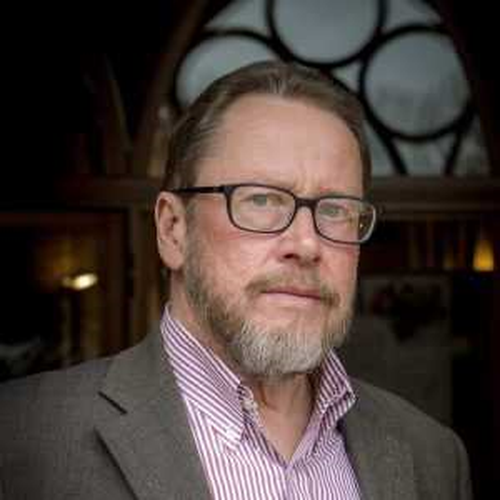Biocultural approaches to human physical activity in (increasingly smart) urban environments
Stanley Ulijaszek
Unit for Biocultural Variation and Obesity, School of Anthropology, University of Oxford
Physical activity in the built environment of high income countries may be changing faster than at any time prior to the 2000s, with the engagement of social media, smart devices and increasing urban smartness that has come with the Internet of Things. This presentation describes the most salient features of built environments that have facilitated physical activity between the 1980s and 2000s (most importantly walkability and active transport with bicycles). It goes on to explore how the use of smart devices and increasing incorporation of smartness and performativity into architecture and urban planning since the 2000s might influence physical activity. Smartness and use of smart devices in the built environment should favour increased physical activity through new types of sociality that they facilitate. In turn, engagement with such technologies offers an important opportunity for the empowerment of individuals and communities towards increased physical activity.
